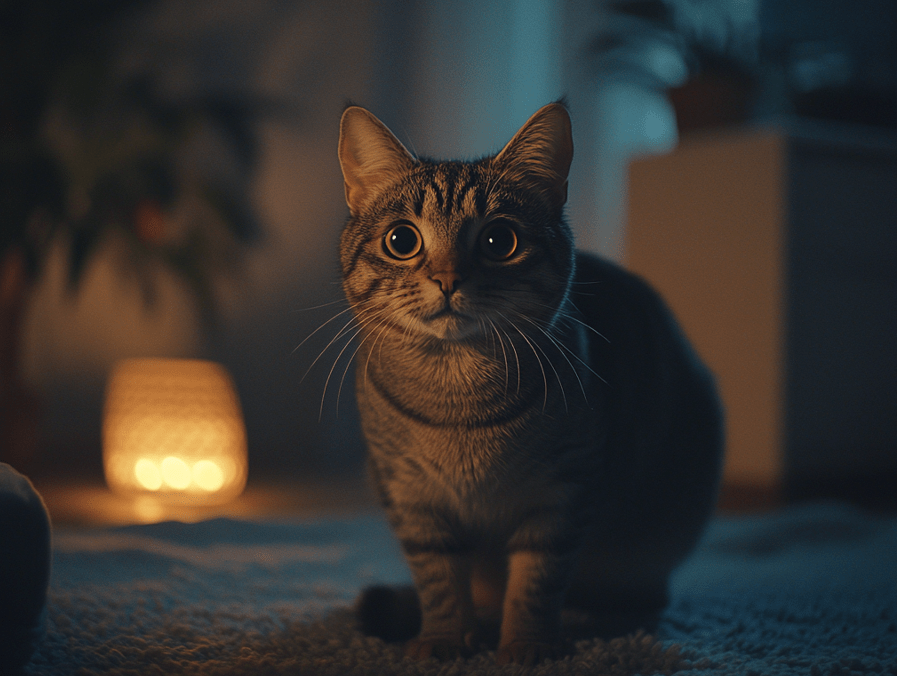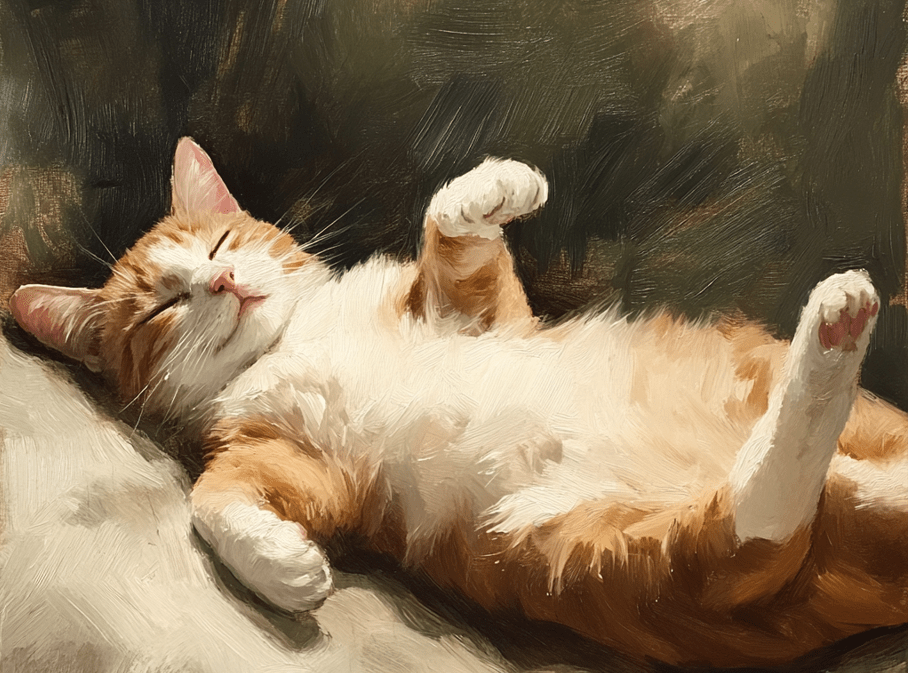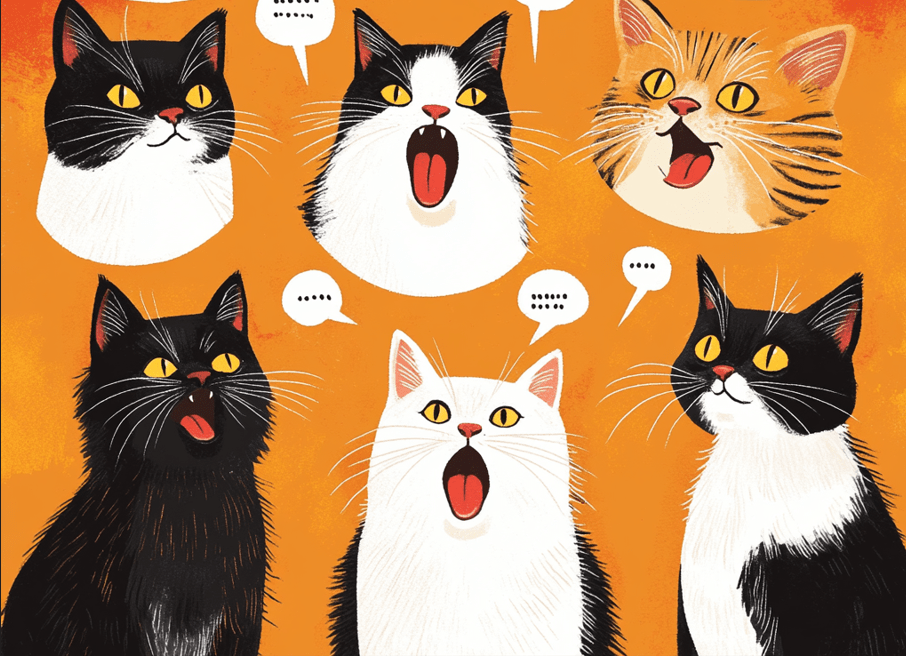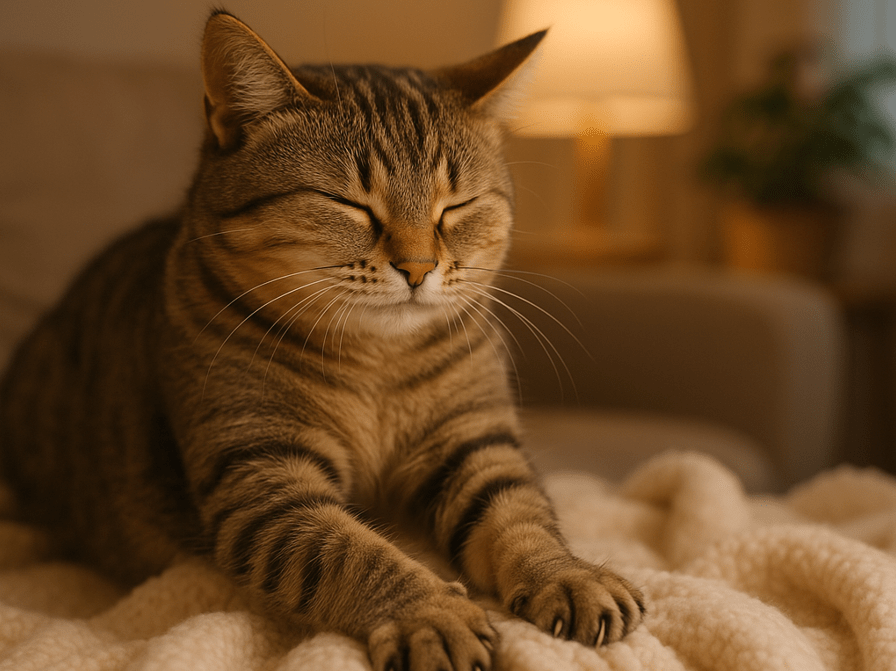
If you own a cat, you have probably seen your furry companion knead soft goods like blankets, pillows, and even your own lap. This cute behavior, called kneading, often has folks wondering, why do cats do it? Kneading, also known as “making biscuits,” is an instinctual and intriguing behavior that has deep associative roots in kitty behavior. In this article, we’ll investigate the rationale of kneading, what kneading means and how you can deal with it if required.
What is kneading?
Kneading is what cats do when they alternately push their front paws into a soft surface in a repeated motion. They often purr and look relaxed or happy while doing this. The behavior is similar to a baker kneading dough that’s one reason so many cat lovers endearingly refer to it as “making biscuits.” But kneading as sweet as it is to see has several functions for cats and is connected to both their instincts and their emotional state.
Why Do Cats Knead?
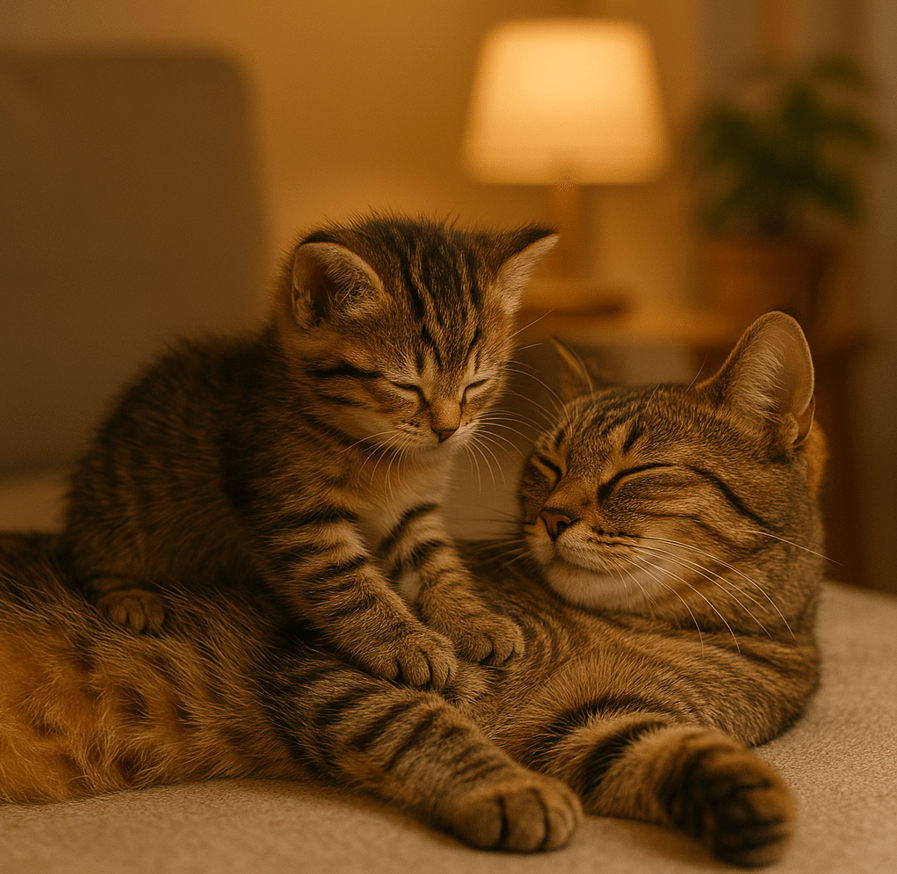
A Remnant of Kittenhood
Kneading is a behavior cats learn as kittens. They knead their mother’s belly while nursing as kittens to stimulate milk flow. This creates a sense of comfort and safety that many people carry into adulthood. When cats knead as adults, it’s thought that they are trying to replicate the warmth and safety of their lives as kittens.
Preparing a Resting Spot
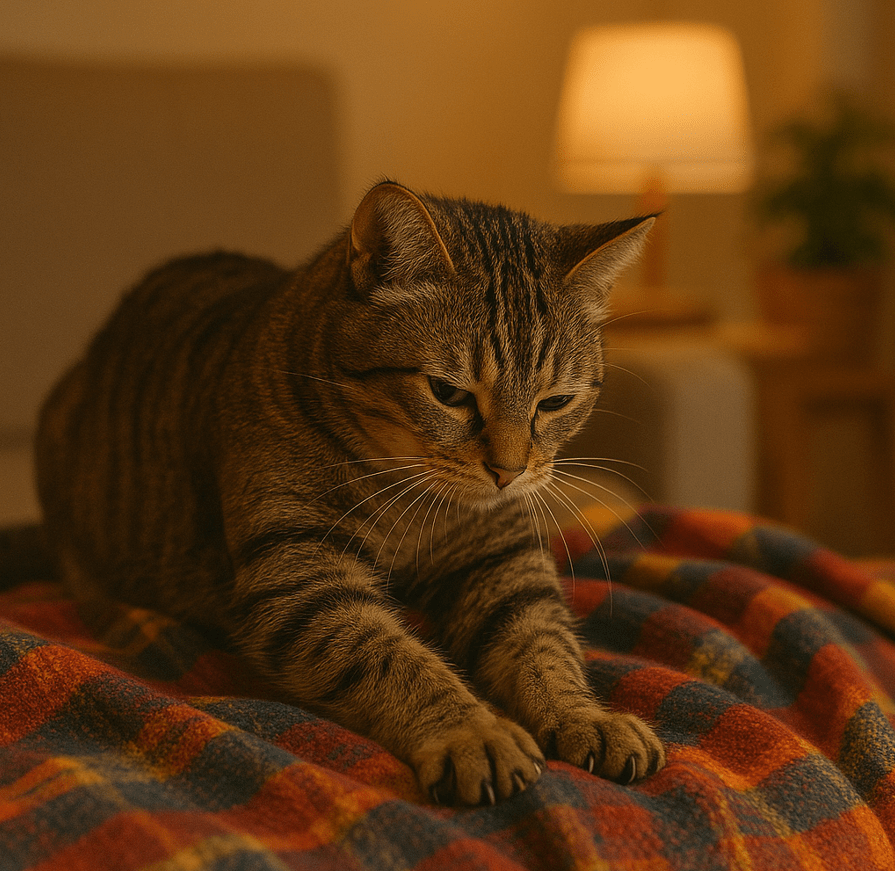
Wild cats will knead grass or foliage to prepare a comfortable resting place. Domestic cats reproduce this behavior when kneading a blanket or couch before lying down. They do so to make sure the surface is soft enough for relaxation or sleep.
Marking Territory
Cats have scent glands in their paw pads and release pheromones when they knead. This enables them to scent-mark fingerprints of objects or even people in their territory. When your cat kneads you or her stuff, she’s basically declaring you part of her empire.
Showing Affection
If a cat kneads you, consider yourself honored! Kneading is usually an expression of love and trust. Cats also use this behavior to show affection for their favorite humans, much like they showed love to their mothers when they were kittens.
Stretching and Relaxation
Kneading might also be a type of stretching for cats. After long, sedentary periods of little activity, they use a repetitive, rhythmic motion to stretch their muscles and relieve tension. That’s why so many cats knead after waking up from a nap.
Stress Relief
Other cats knead more often when they’re stressed or anxious. The motion can be calming for them in the same way that a human might fidget or pace when anxious. However, if you assert your independence and your cat kneads on your feet in stressful situations, they may be trying to cope with their stress.
A Unique Personality Trait
Although most cats will knead at least occasionally, there’s a wide range of behavior when it comes to frequency and “style” of kneading in different cats. Some cats use both paws at the same time, and some alternate between paws in more of a rhythmical fashion. The surfaces they knead can also vary some prefer soft blankets, while others like human laps.
Is Kneading Ever Problematic?
While kneading is usually benign and lovely, there are times when it can become a problem for the owner of the kneading cat or be a sign of deeper trouble with a cat’s health or emotional well-being.
Extravagant kneading may indicate that your cat is stressed or uncomfortable. For instance, if your cat begins to knead frantically after a significant change in their surroundings, such as relocating to a new house, it could be their means of self-soothing as they go through an adjustment phase. Likewise, if your cat suddenly stops kneading entirely or appears to hesitate to do so, it may indicate the pain or discomfort of injury or arthritis.
If you notice anything strange in your cat’s kneading habits, it’s important that you see a vet to rule out any medical problems.
But how do you deal with kneading behavior?
When to manage kneading behavior in cats Keeping in mind that kneading is normal, there may be situations in which managing this behavior can be helpful for you and your cat. Although kneading is generally adorable, claws digging into your skin can be painful. To help with this, you can regularly trim your cat’s nails so they don’t scratch you as much. Soft surfaces, like blankets or cushions, that your cat can knead on will also help reinforce and redirect their behavior to where it is appropriate! If your cat kneads you on your lap, layer several thick blankets over your legs to protect yourself from punctures or bruising. If your cat kneads on things and around the house, gently grab their attention and guide them to the object you want them to knead on instead of punishing them. Also, if their excessive kneading arises from stress or anxiety, you can try using calming products such as pheromone sprays to help calm them. These steps can help manage your cat’s kneading while keeping you both happy and comfortable.
The Science Behind Kneading
While there are several theories on the reasons for why cats knead, scientists agree that it is an innate behavior that stems from felines’ instincts and emotions. Kneading merges a literal, physical act with emotional cues to comfort and love. It may also be related to purring, since many cats vibrate when doing this.
Note that not all cats knead in the same way, and a few do not knead at all, which means that personality traits impact several behaviors and how you knead.
Tips on Promoting Healthy Kneading
Promoting good kneading habits in your feline friend would help them embrace their instinctual behavior while keeping them happy and healthy at the same time! To encourage healthy kneading, one of the best things to do is make a cosy environment. Cats are naturally drawn to soft surfaces, so providing your feline friends with plenty of blankets, cushions or even a specific cat bed allows them to knead in a comfortable, safe environment. It prevents your furniture from getting scratched but also allows your cat to do something that is very natural for him or her.
A more effective strategy is to reward positive behaviors. Give the cat treats, praise, or affection when she kneads on appropriate surfaces. This creates a positive association between kneading and rewards, which will encourage them to knead only in the areas you want. Whether you’re bonding through petting sessions or even just playing together, this can also prompt your cat to engage in other affectionate actions such as kneading. The Cat–Human Bond Spending time together strengthens the cat–human bond and allows your cat to feel secure and loved.
Keep track of behavioral changes to ensure healthy kneading practices. If you see excessive kneading or none at all, it might be stress- or health-related. Identifying these issues early by visiting your veterinarian will help keep your cat happy and comfortable.
Create an environment where your cat feels safe and loved, and most likely you’ll see them happily continue their biscuit-making antics. Providing alternatives, such as scratching posts or toys, also can help redirect their energy if they begin to knead in problematic areas. By balancing support for your cat’s natural instincts with boundary setting, you can find harmony in your relationship with your furry friend.
Conclusion
One of the many behaviors that cats perform to express themselves and connect to their environment and to you is kneading. Whether this behavior is rooted in kittenhood memories or is a sign of affection to their favorite human, it showcases the quirky personality of each cat.
As pet owners, knowing the reasons behind their behavior not only allows us to bond with our beloved companions but also ensures their comfort and happiness. So, the next time your furry companion begins to tear his claws into your lap or favorite blanket, be sure to take a moment to recognize the love and trust involved in this delightful behavior.

